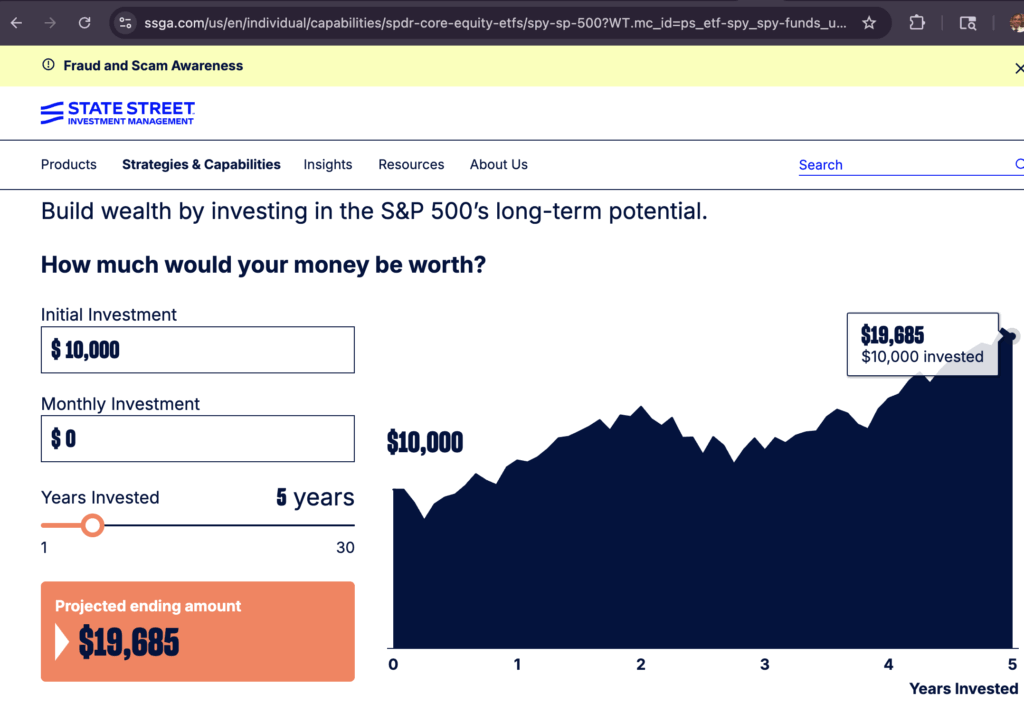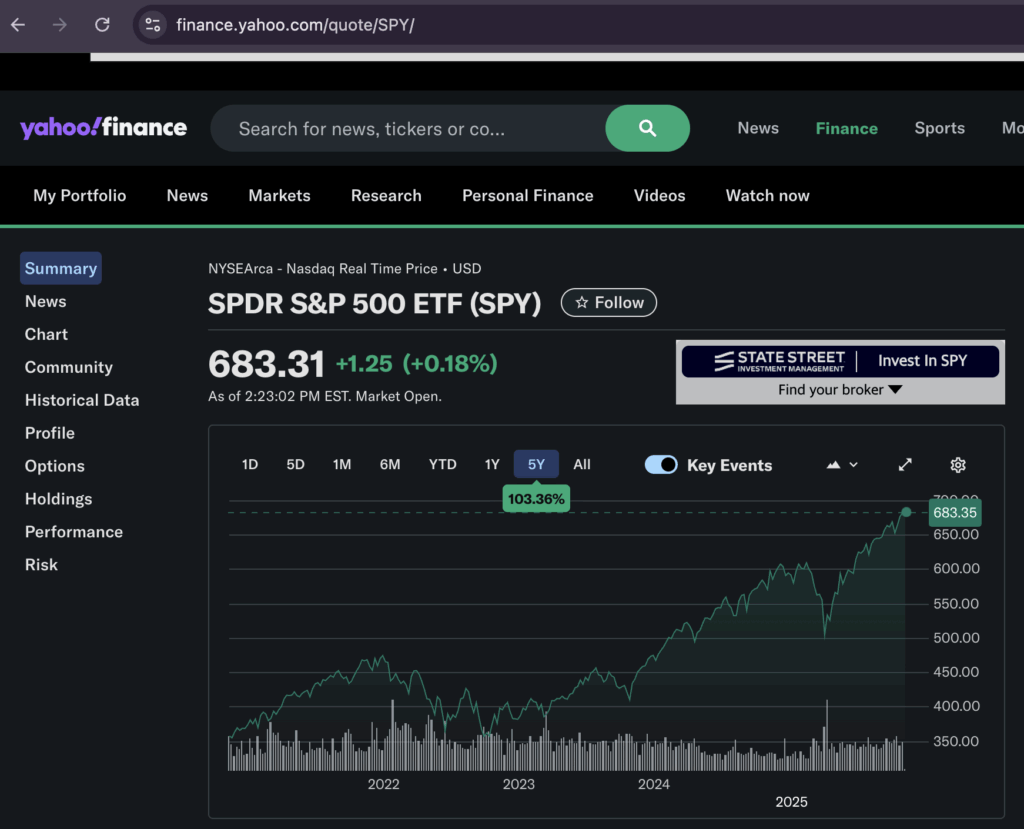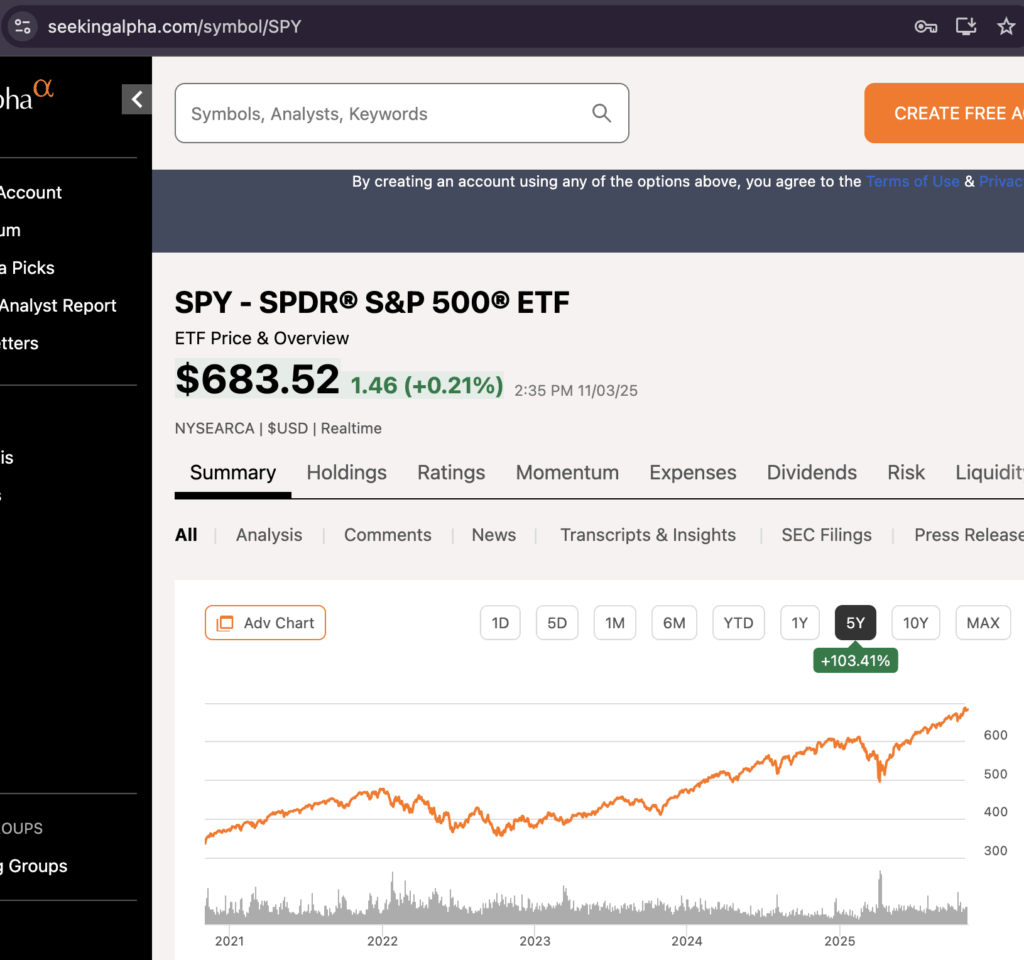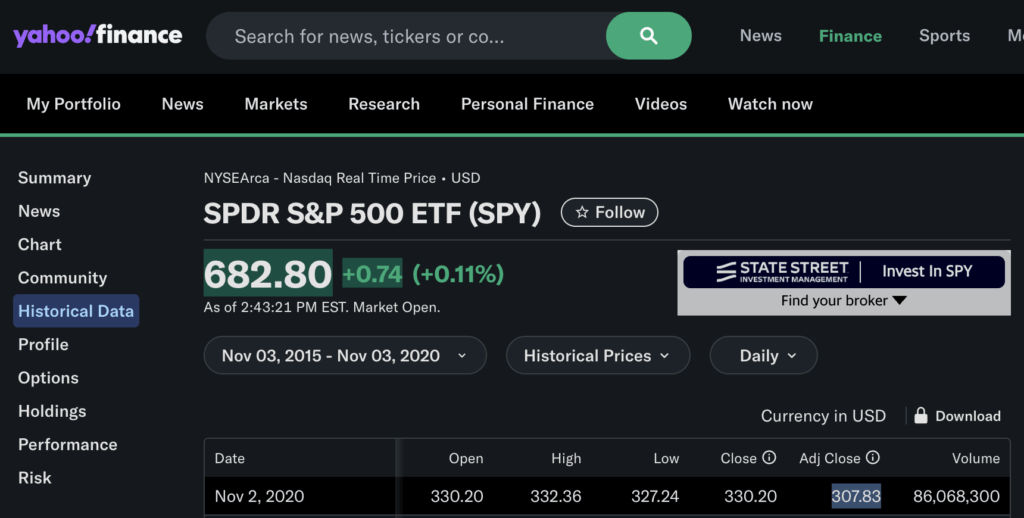My parents (God rest their souls) always were helpful with our 4 kids and money for college. When Addison and Emerson were born, they started a 529 savings account for each child and contributed $100 every month. When the girls were three years old I matched that by contributing an additional $101 every month. We continued that until my parents moved in 2022. So, we averaged about $201 in every month, or about $2,500 in each year for ~15 years. I took out ~$10,000 from each account in 2018 for my graduate school. So how much has that ~$25,000 in principle grown to now they are both 18 and heading out for college next Fall?
Well, when Addison and Emerson were still preschoolers I decided I would run an 18 year experiment. I would invest all Addison’s account in an SP500 fund, and Emerson’s I would invest 50% in SP500 fund and 50% in the age based fund, the kind that are more aggressive when the kid is younger, and more conservative as the kid nears college.
Of course this was not to favor or handicap one child — as the account owner I can always shift money, so the expectation is mom and dad will pay for college – I was never intending to give Addison the ability to go to only to OCCC and Emerson to Vanderbilt if the market did bad, or the reverse if the market did good.
So, looking behind the covers, the fund the Oklahoma college savings plan (the only one I get a state tax deduction for) — now calls the “U.S. Equity Index Option”, which when you go to their page https://www.oklahoma529.com/investment/risk-based/us-equity-index-option/ says it is really 100% invested into symbol TIEIX – Nuveen Equity Index Fund. The benchmark for that fund is the Russell 3000 Index. I know the Russell 5000, but Russell 3000? Never heard of it. So how has that fund done compared to SPY? Well, pretty similar. Both market cap weighted indexes, just the SP500 is limited to the top 500, Russell3000 is 3,000. The top stock weighting of the SP500 is NVDA at 7.96%, where the top of the R3000 is also NVDA at 6.78%.
To get performance, however, you must cite your source of truth. Even something straightforward like SPY, well look at these different reported results for 5 year SPY performance. Let’s look at State Street (the funds owner), Google finance, yahoo finance, and SeekingAlpha for $10k invested 5 years ago:
| State Street | $19,685 | |
| Google Finance | $19,513 | |
| Yahoo Finance (chart) | $20,336 | |
| Seeking Alpha | $20,341 |




so why the difference? Dividends? let’s use yahoo finance daily historicals:

adjusted close of 307.83 to today’s price of 682.80 is 121.96% or $10k invested is now $22,196. So no, dividends were not even included. The non adjusted price of 330.20 to todays 682.80 is 106.9% or $10k is 20,692. Here is the updated chart:
| State Street | $19,685 | |
| Google Finance | $19,513 | |
| Yahoo Finance (chart) | $20,336 | |
| Seeking Alpha | $20,341 | |
| Yahoo Finance (historical, adjusted close) | $22,196 | |
| Yahoo Finance (historical, actual close) | $20,692 |
This is a kinda big deal. The difference from $22,196 to $19,513 is 14%. Heck, without dividends, the difference from $20,692 to $19,513 is still 6%. 6% is two years on a cash account.
OK, set aside for the moment that management fees suck and the industry feeds off you like mosquitos feed off water buffalo. I guess we just accept it.
Back to the initial question — how did the 2 portfolios do? Well, here are the values today (Nov 3, 2025).
So $20k more, just by choosing full SP500 over 50/50 SP500/Age fund. Heck if I had just chose age fund, it would only be $40k, enough to fund 1.5 years of school.
Lesson — all the savings, all the austerity – delay that purchase, get the cheaper model, it may all be worthless noise. Just click a few correct buttons a few times in your life >> all else. Kind of depressing, actually.
